Ho Chi Minh Trail - the legendary road
Ho Chi Minh Trail - the legendary road. Photo: document
The birth of Group 559 and the legendary road named after Uncle Ho
66 years ago, on May 1, 1959, after the 15th Central Conference, with the policy of stepping up the armed struggle to liberate the South, the Politburo assigned the Central Military Commission to study and organize a special military transport group, opening a traffic and transport route to bring cadres, weapons and necessary goods to the South. On May 19, 1959, the "Special Military Working Group" - Group 559 with the task of opening the Truong Son road was established. The person selected by the Politburo and directly assigned the task of organizing this route was Major General Vo Bam - Group Commander and Political Commissar of Group 559.
Special Military Task Force 559, from a transport and liaison unit, initially formed a military force, including: transport, infantry, engineers, youth volunteers (TNXP), frontline laborers, and traffic workers, ensuring the transportation route continuously developed from Eastern Truong Son to Western Truong Son. From the great rear of the North to the battlefields of the South, Laos, and Cambodia, contributing to the liberation of the South and the unification of the country.
In early June 1959, Group 559 organized a survey to open a route to the South starting from Khe Ho (located in the middle of a valley in the Southwest of Vinh Linh, Vinh Linh district, Quang Tri province) developing towards the Southwest, the final station was Pa Lin, Dak Rong district, Quang Tri province, next to the receiving station of Zone 5. This road had to cross many high and dangerous mountain ranges, with an extremely harsh climate. To ensure absolute secrecy, the supreme principle of opening the road was: "No one is allowed to know about the opening of the road... not letting a single person or an object fall into the enemy's hands. A piece of cigarette can also create evidence". Therefore, in the conditions of "Living without a house, traveling without a trace, cooking without smoke, speaking without a sound", the working group encountered many difficulties and hardships but was still determined to build the road.
On August 13, 1959, the first shipment officially crossed Truong Son. After 8 days and nights, the shipment was handed over to the Tri Thien battlefield in Ta Riep, making the cadres and soldiers of Zone 5 proud. In 1959, the group urgently transported 7,000 infantry guns, organized to ensure the dispatch of 500 intermediate and primary cadres to the battlefield as the core to build the main force. In the dry season of 1960-1961, Group 559 transported and delivered 30 tons of weapons to the battlefield, ensured food for nearly 2,000 cadres to the battlefield, and had reserves for the next shipments...
The Ho Chi Minh Trail has been continuously expanded, extended, and increasingly developed, reaching deeper into battlefields, strategic directions, and campaigns. The development of the Ho Chi Minh Trail system effectively served the transportation work in preparation for the Mau Than Spring General Offensive and Uprising in 1968 and together with the whole country carried out the Spring General Offensive and Uprising in 1975, liberating the South and unifying the country.
In 16 years, the forces on the Truong Son strategic transport route fought over 2,500 battles. For the enemy, this was a path to disaster, heralding bog down and defeat. We killed nearly 17,000 enemies, captured 1,200, called on over 10,000 to surrender, shot down 2,455 enemy planes, and destroyed tens of thousands of tons of weapons and other enemy war vehicles.
With the enemy, many presidents have mobilized their "supernatural" brains to deal with and prevent, but the Ho Chi Minh trail is still like a pair of pincers tightening the enemy's lair... With its contributions, Group 559 was honored by the Party and State with the title of Hero of the People's Armed Forces, awarded the Gold Star Order, Ho Chi Minh Order; 77 units and 44 officers and soldiers were awarded the title of Hero of the People's Armed Forces.
Pioneers become legends
With the spirit of “Splitting Truong Son to save the country, with a heart full of hope for the future”, “Living on the road, dying bravely”, “Blood may be shed, but the road cannot be blocked”, the soldiers, Youth Volunteers and laborers on the Truong Son frontline have ensured smooth traffic in all situations. They - the legendary road-opening soldiers - have also become legendary people.
Traditional units of former Thanh Hoa Youth Volunteers revisit the old battlefield that opened the legendary Truong Son road in Quang Binh province. Photo: Nguyen Linh (Provincial Association of Former Youth Volunteers)
Recalling those arduous but heroic years, Mr. Doan Cong Khanh, Chairman of the Association of Former Youth Volunteers of Hau Loc district, shared: "In May 1965, I enlisted in unit C48-N21 of Group 559 with the task of protecting the route for vehicles transporting weapons to the front. We carried and loaded food, provisions, weapons; produced and transported by "canvas-covered bamboo boats" driving canoes on the Bac River in Laos, secretly spreading routes to the fire line for liaison and bringing cadres to the Central Office of the South. We and many other units were always present at the key bomb sites of Route 559, enduring B52-B57 napalm bombs, phosphorus bombs, toxic chemicals, drill bombs, time-delayed bombs, magnetic bombs, explosive mines, leaf mines, tear gas bombs... of the American enemy. Despite the shortages and hardships, there were times when we had to eat wild bamboo shoots, yams, and brown tubers, and suffered from malaria and scabies. people... However, with the spirit of "Rather sacrifice everything than let the battlefield lack ammunition or rice", we are determined to maintain the lifeblood of the traffic routes, the Truong Son roads until the day of liberation of the South and national reunification (April 30, 1975)...".
Ms. Nguyen Thi Sau, President of the Thanh Hoa City Association of Former Youth Volunteers, Head of the C2931-N293-P31 Liaison Committee, shared: "We were tasked with opening the Truong Son road, filling bomb craters to ensure traffic at key points bombed by enemy aircraft. Wherever enemy aircraft destroyed, we repaired them. Therefore, in more than 3 years of operation, the N293-P31 Youth Volunteer Team, including C2931, has renovated and repaired hundreds of kilometers of road, guided vehicles safely through 5 ferries: Ron ferry, Gianh ferry, Ly Hoa river, Xuan Son ferry, Long Dai (Quang Binh province); dug and transported millions of cubic meters, repaired hundreds of kilometers... contributing to the cause of national liberation and national reunification...".
The miraculous depth and legendary quality of the Ho Chi Minh trail were built with the intelligence, sweat, and blood of thousands and tens of thousands of people, cadres, soldiers, including army forces, youth volunteers, frontline workers... Thanh Hoa people had more than 20,000 soldiers, youth volunteers, and traffic workers who sacrificed their lives; more than 30,000 people were injured... Although the Truong Son trail was arduous and fierce, it was full of pride and glory because it created a historical road, a legendary road.
The Ho Chi Minh Trail is not only a manifestation of the iron will and determination of the entire Party, people and army to liberate the South and unify the country. The Ho Chi Minh Trail is also a national key project with a total length of 3,167km; the starting point is Pac Bo (Cao Bang province), the ending point is Dat Mui (Ca Mau province). The trail passes through 20 provinces from North to South; runs through neighboring Laos and Cambodia; stretches from Eastern Truong Son to Western Truong Son, from the Central Highlands down to the East and Southwest. From the land trail, the Ho Chi Minh Trail at sea and the Ho Chi Minh Trail in the air were formed, overcoming blockades and barriers, heading towards the beloved South, for the cause of national unification.
Le Ha
Source: https://baothanhhoa.vn/duong-mon-ho-chi-minh-con-duong-huyen-thoai-246232.htm


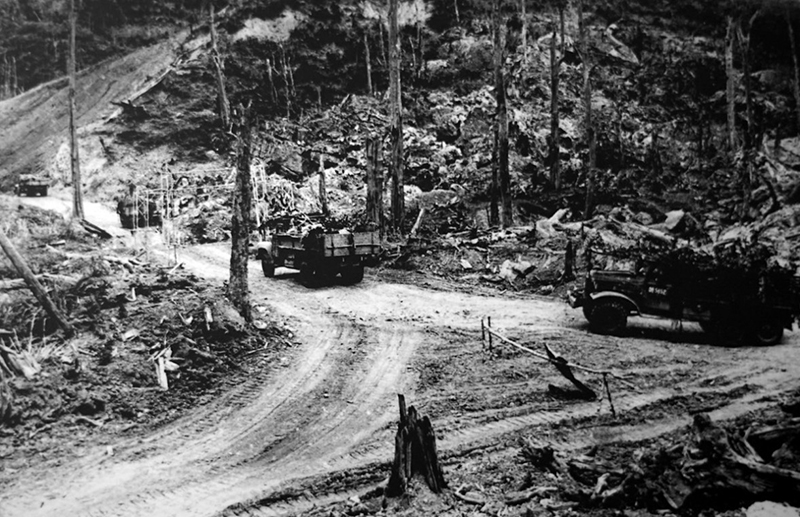
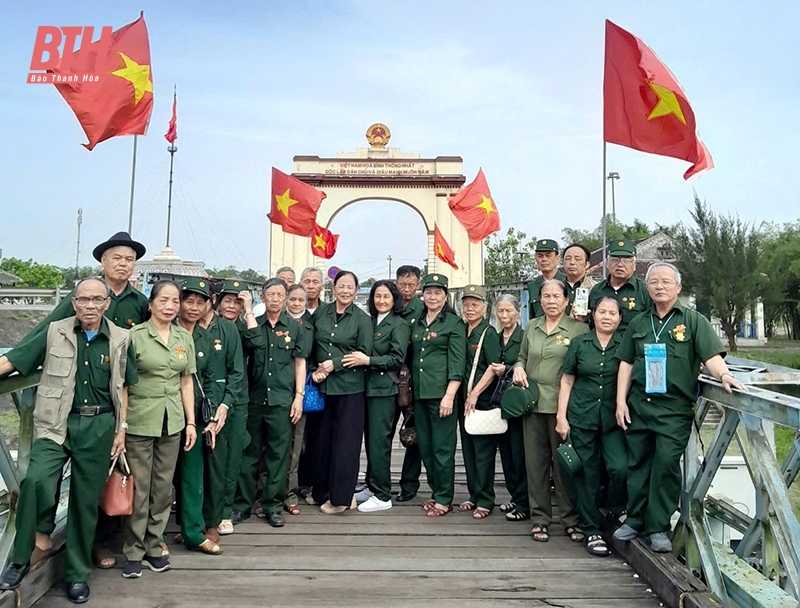


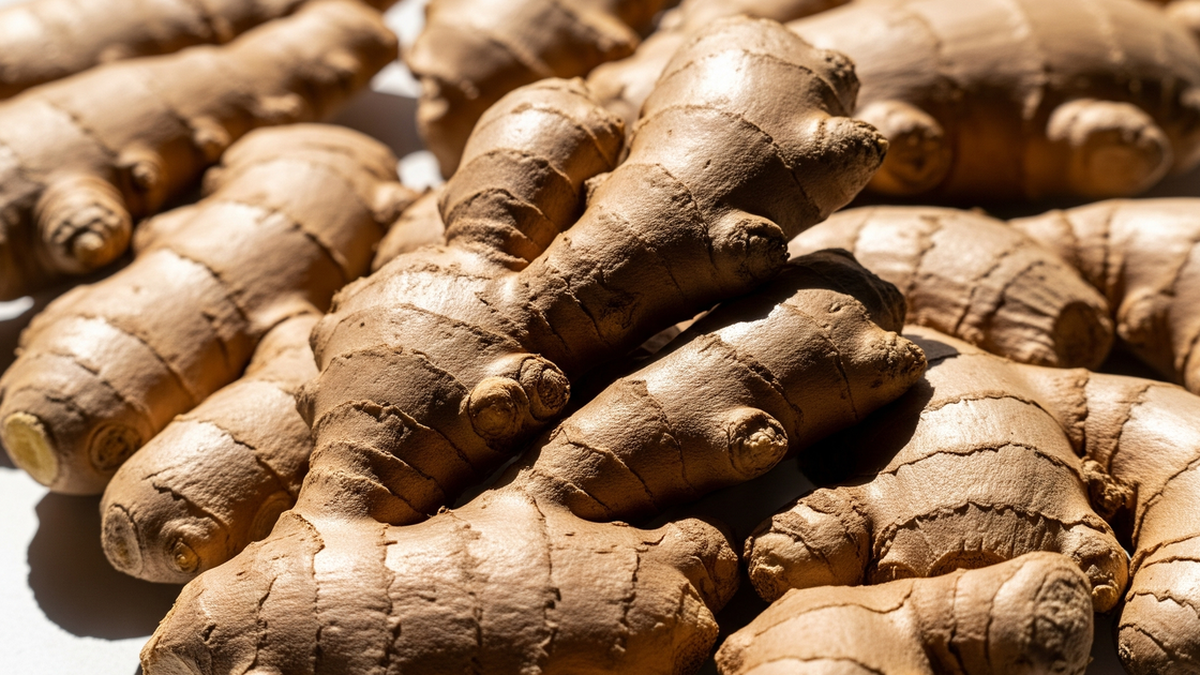
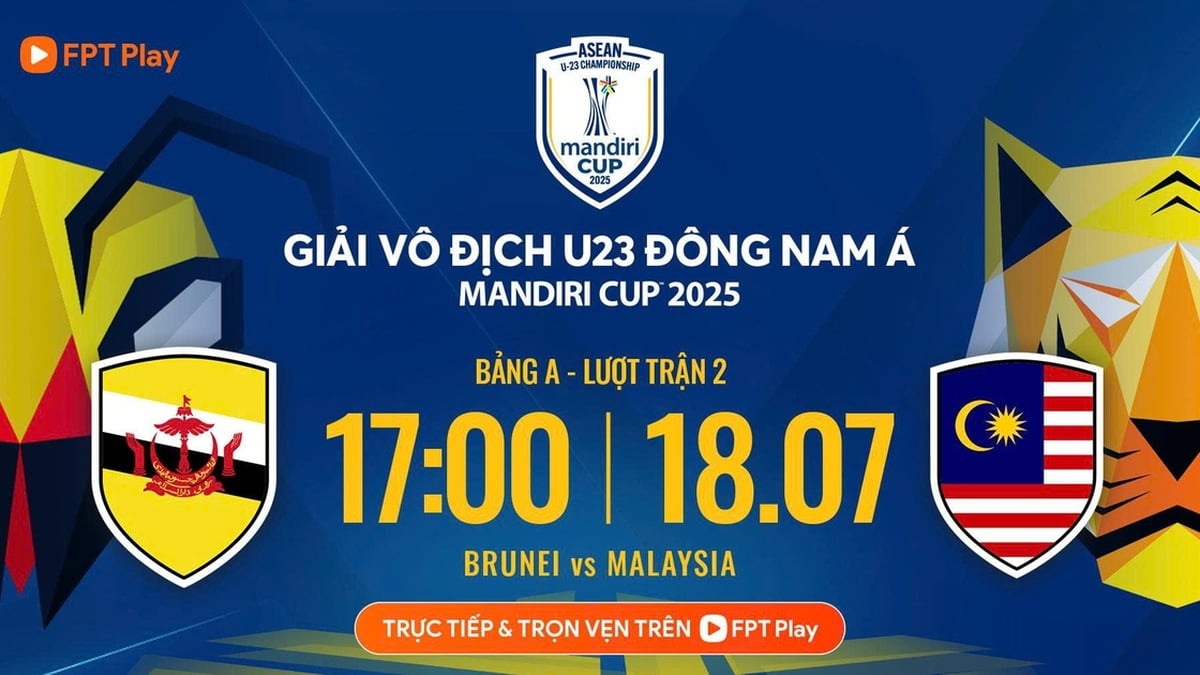
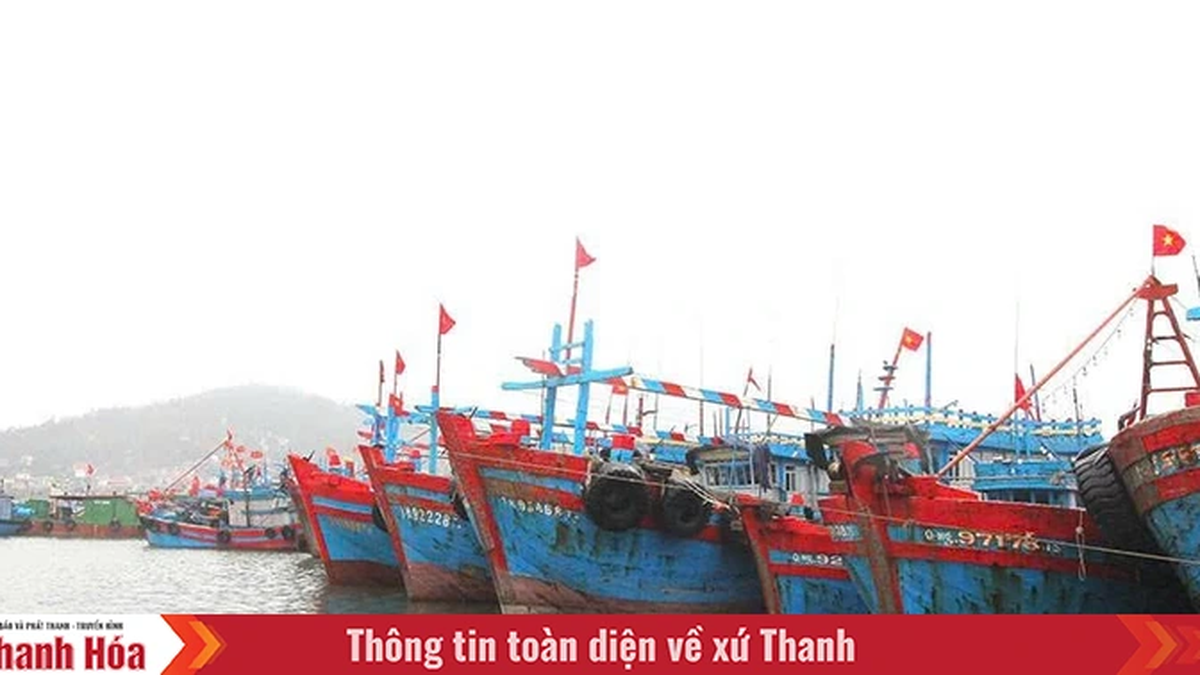

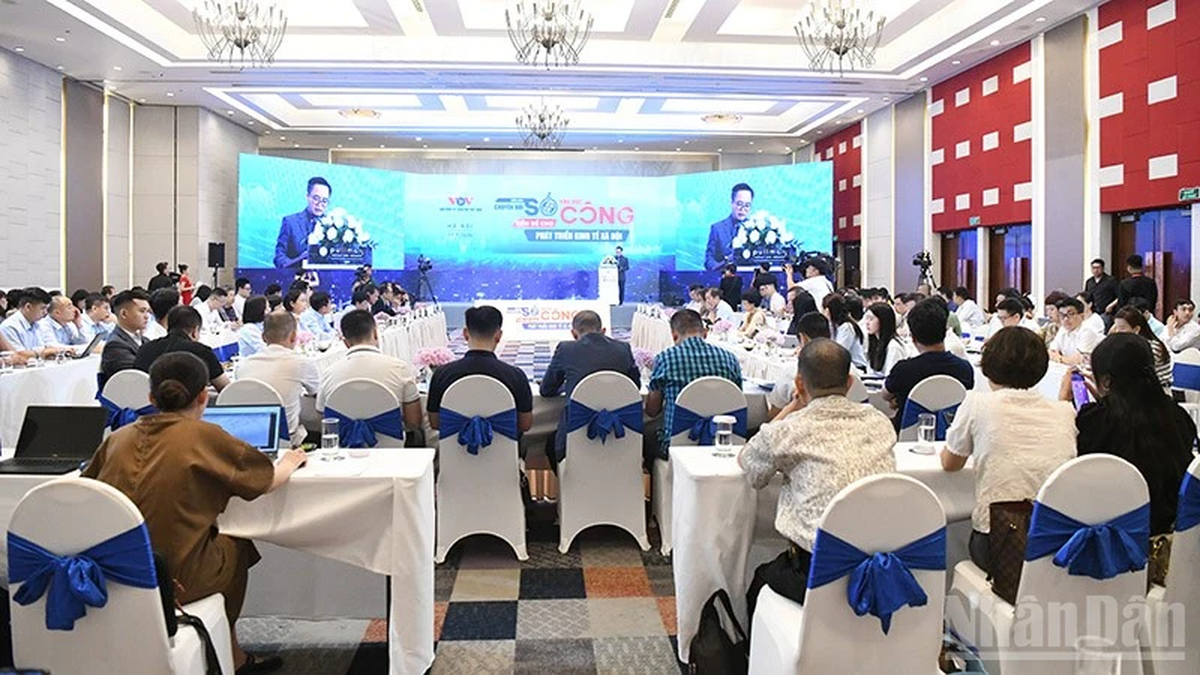

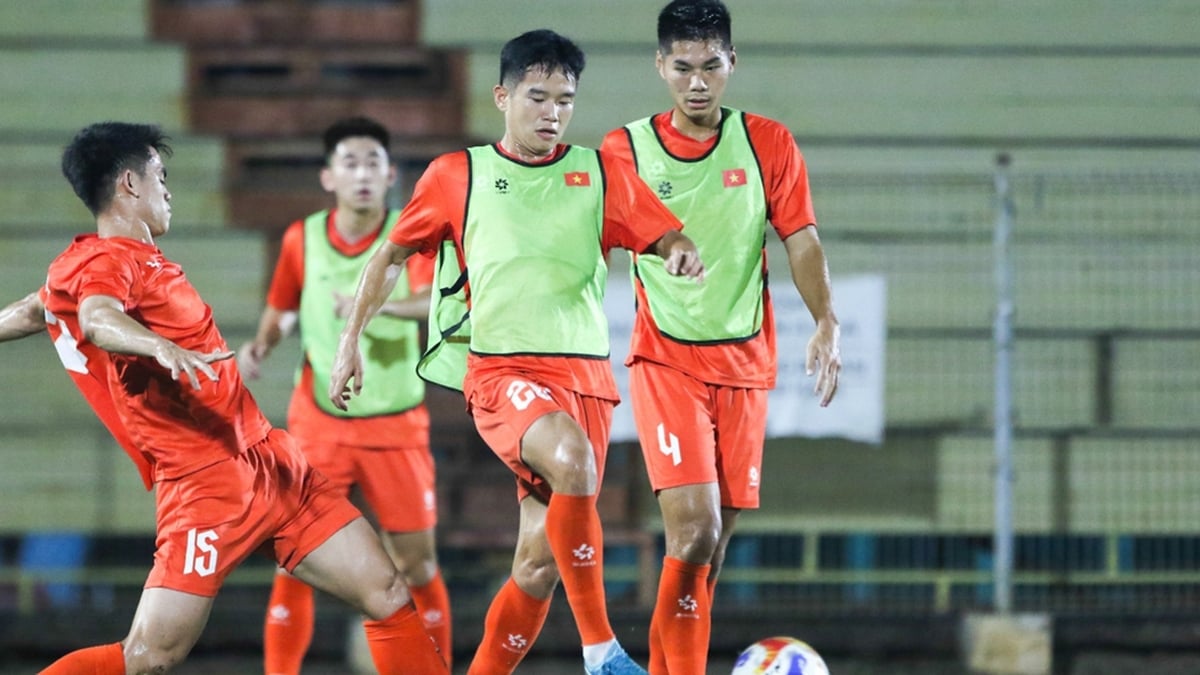
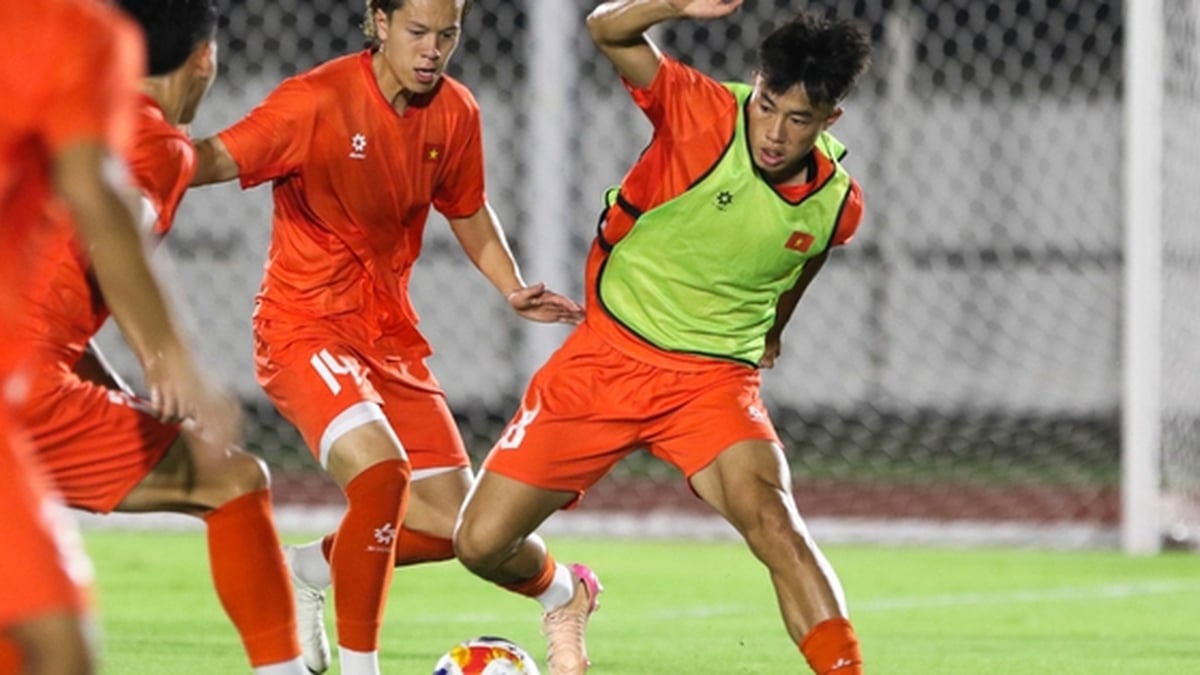
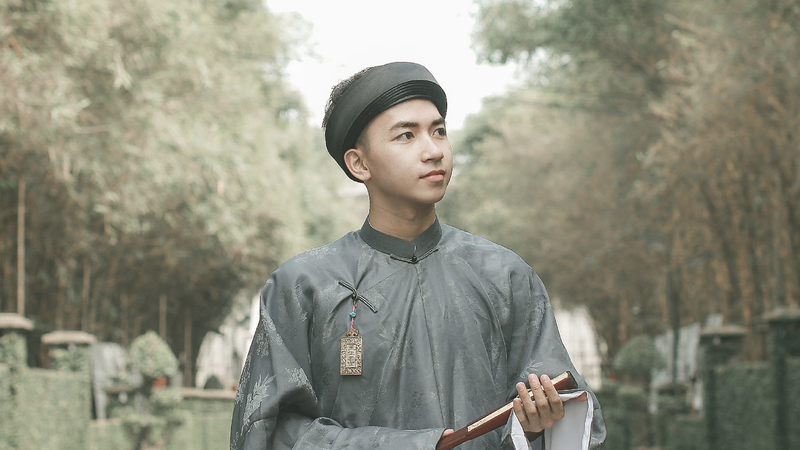



















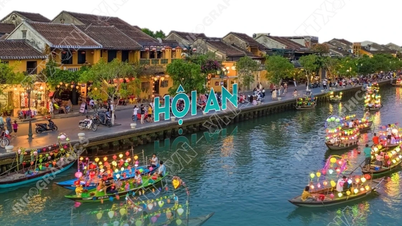

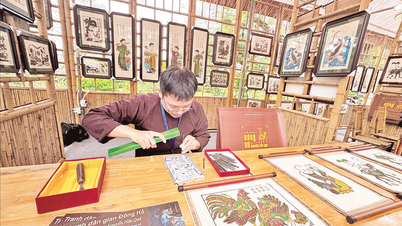

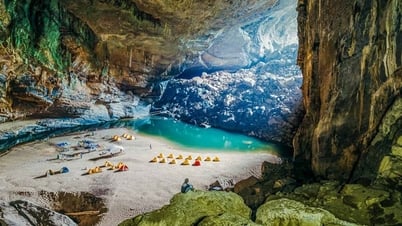
















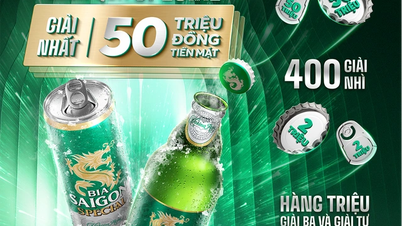
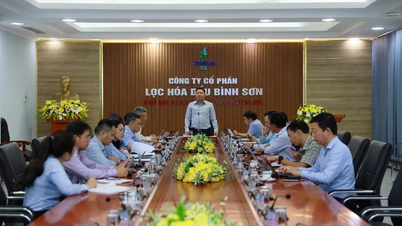




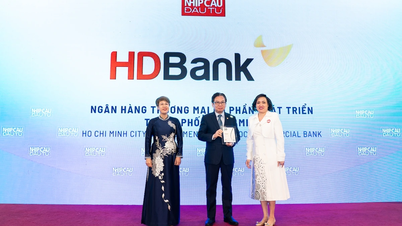
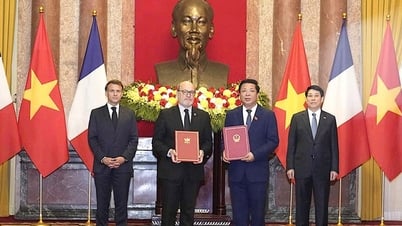





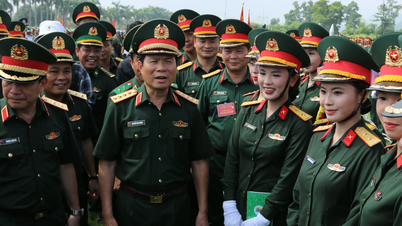

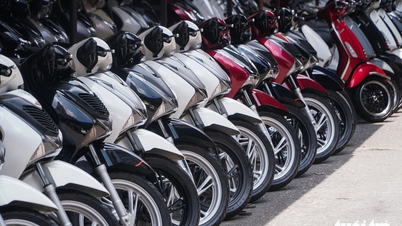


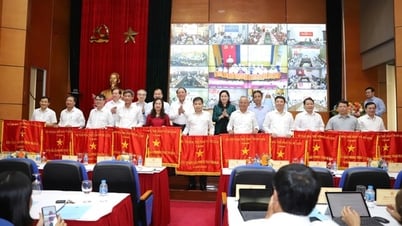

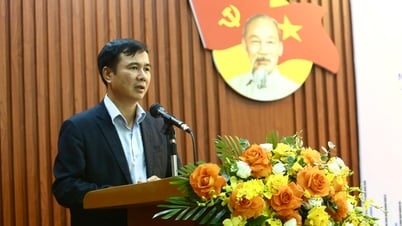
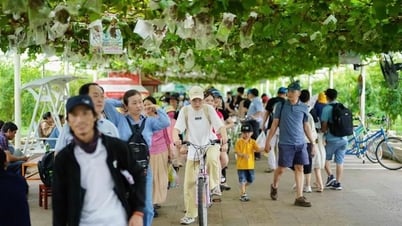
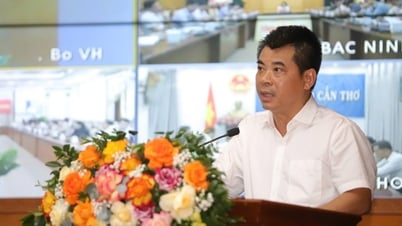
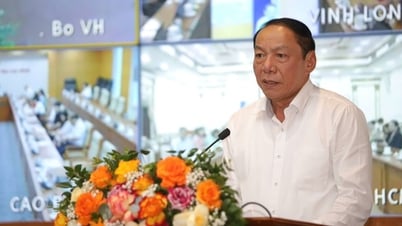








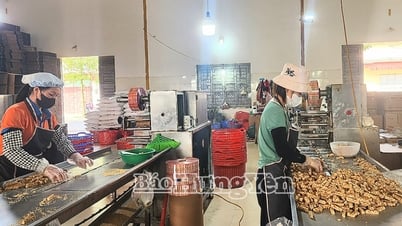















Comment (0)